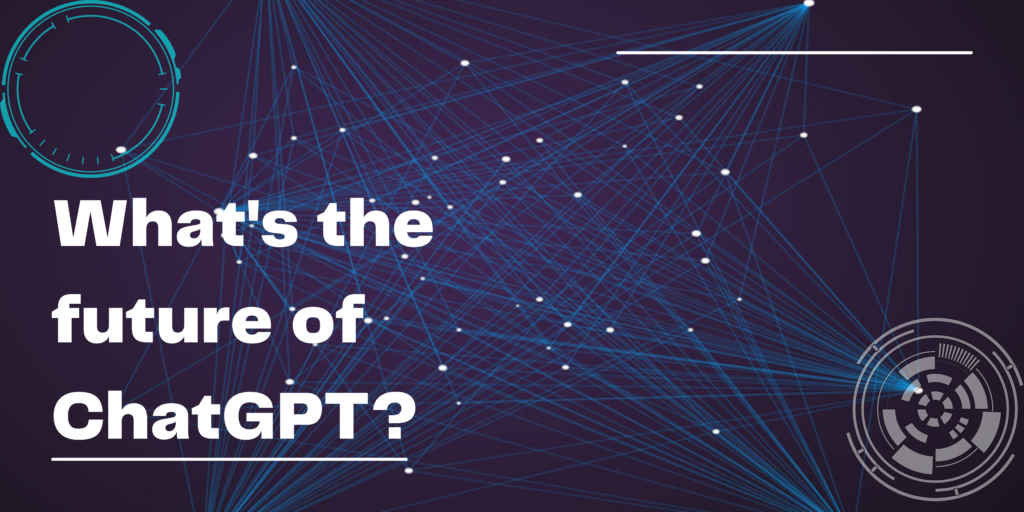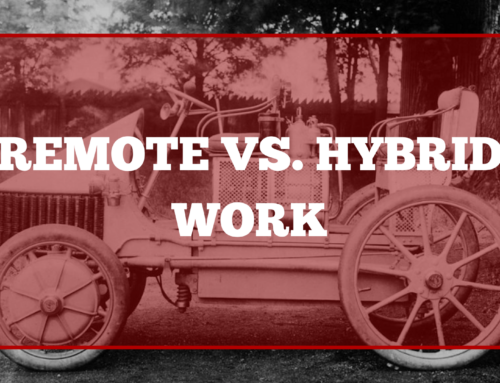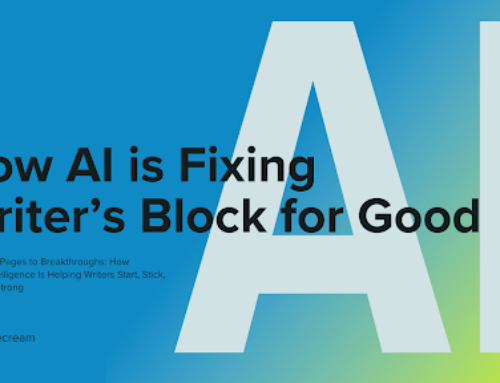
What is ChatGPT?
The large-scale neural network-based language model ChatGPT (Conversational Generative Pre-training Transformer) was created by OpenAI. It may be perfectly alright for jobs like language translation, question answering, text completion, etc. It is pre-trained on a vast quantity of text data.
A variant of the GPT-3 model noted for producing text that resembles human speech is called ChatGPT. ChatGPT and GPT-3 differ primarily in that ChatGPT is intended to manage and create text in a conversational situation.
According to OpenAI, the ChatGPT model was trained using the machine learning technique called Reinforcement Learning from Human Feedback. This may be used to mimic dialogue, answer follow-up questions, recognize mistakes, refute incorrect presumptions, and decline inappropriate requests.
Users may ask it to respond to text prompts by producing essays, song lyrics, novels, marketing pitches, scripts, complaint letters, and even poetry.
In the early stages of development, human AI trainers simulated conversations between a user and an AI assistant for the model.
Future of ChatGPT
In the future, ChatGPT may be utilized for more challenging jobs as AI becomes smarter and better increasing its future value across industries. Imagine being able to create original tales from nowhere and using user verbal cues was previously impossible.
Additionally, businesses might automate customer service procedures with the help of this technology, enabling them to provide prompt and correct responses. Time and money would be saved, and customer satisfaction would increase.
ChatGPT learns from interactions with individuals and reacts more naturally than standard chatbots. It performs complicated query interpretation significantly better than other AI systems. The ChatGPT can be used for the following areas:
-
Sentimental analysis
To learn more about what customers think of a product or service, businesses can use ChatGPT. Businesses may use this data to enhance their offers and guarantee that they satisfy client demands. ChatGPT is also a good option for this position because of its natural language processing (NLP) features, which allow it to determine what consumers think about a product.
A speaker’s tone, facial expressions, and body language might all be considered part of sentiment analysis to ascertain their emotional state.
-
Personalized Experience
The primary benefit of ChatGPT is that it absorbs knowledge from human discussions and reacts more organically. Personalized experiences are delivered considerably more effectively than with standard chatbots, which rely on pre-written rules or scripts. With this technology, companies could provide consumers with personalized replies that would enhance conversions and customer happiness.
Speech recognition might be developed to include translation and emotion detection (including sarcasm). This might substantially enhance the understanding of the spoken language.
-
Image Recognition
Image recognition might be developed to detect and categorize objects, people, and other aspects in a scene and produce new pictures.
ChatGPT and related models will likely be used more in chatbots and virtual assistants due to the rising need for conversational AI. Additionally, it is anticipated that models will become more accurate and efficient as technology advances, increasing their value for various applications.
In conclusion, ChatGPT is a big neural network-based language model created by OpenAI that can be tailored for specific applications. It has been pre-trained on a vast quantity of text data. Its potential applications span many fields, including customer service, e-commerce, healthcare, finance, entertainment, marketing, and education. The usage of ChatGPT in conversational AI is anticipated to increase over time, and as the technology develops, it will become increasingly more beneficial for various applications.

